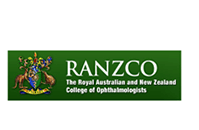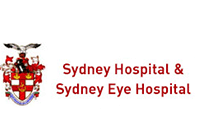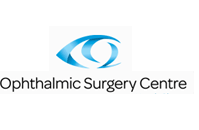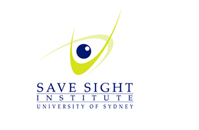Low Vision
Introduction
Low vision is a condition in which a person suffers from loss of vision, which cannot be corrected with eyeglasses, contact lenses or surgery. It doesn’t involve total blindness as the person has some amount of sight remaining, but in varying degrees, ranging from blind spots to complete vision loss. Various eye conditions or injuries are responsible for low vision.
Types of low vision
The common types of low vision are:
- Central vision loss: blur or blind spot in the central vision, while side vision is intact. Inability to see ahead although mobility is unaffected.
- Peripheral (side) vision loss or tunnel vision: inability to see from one or both sides, or above or below the eye level, while central vision remains intact. Ability to see ahead although mobility is affected.
- Blurred vision: near and far objects are out of focus
- Generalized haze: complete viewing field seems to be covered with a film or glare
- Extreme light sensitivity: glared and/or washed out image even in normal light, with pain or discomfort
- Night blindness: inability to see at night or in dimly lit areas
Causes
Most people develop low vision with age-related eye diseases such as macular degeneration (retinal damage), cataract (clouding of the lens), and glaucoma (optic nerve damage). Eye cancer, diabetes, stroke, albinism (absence of pigmentation) and brain injury can also result in low vision.
Diagnosis
To diagnose low vision, your eye doctor will collect detailed information on your family history and functional problems you may be facing while travelling, cooking, reading, watching television and in carrying out other daily activities. You may have to undergo preliminary tests to assess ocular functions including colour and contrast sensitivity. Your doctor will ascertain the level of impairment, depth perception and visual fields using various magnifiers, charts and lighting.
Treatment
People with low vision can use many optical and non-optical tools that help in managing the daily activities easily. Low vision aids include telescopic glasses, light filtering lenses, magnifying glasses, magnifiers, video magnification and reading prisms. Non-optical aids include text reading software, check writing guides, high contrast and talking clocks and watches, large-print reading material, and big numbered devices.
Vision rehabilitation
Vision rehabilitation will help you make maximum use of the residual vision that you already have. It will teach you practical ways to adapt and minimise disability. Vision rehabilitation programs will train you to use low-vision devices, orientation and mobility and support you to live independently. After attending the rehabilitation program, your degree of independent living and functional ability will increase which will have a positive impact on your quality of life.
Treatment for vision impairment is more effective when diagnosed early. Having regular eye examinations is essential for early detection of low vision. You should see your eye specialist as soon as possible if you notice impairment in your vision.







